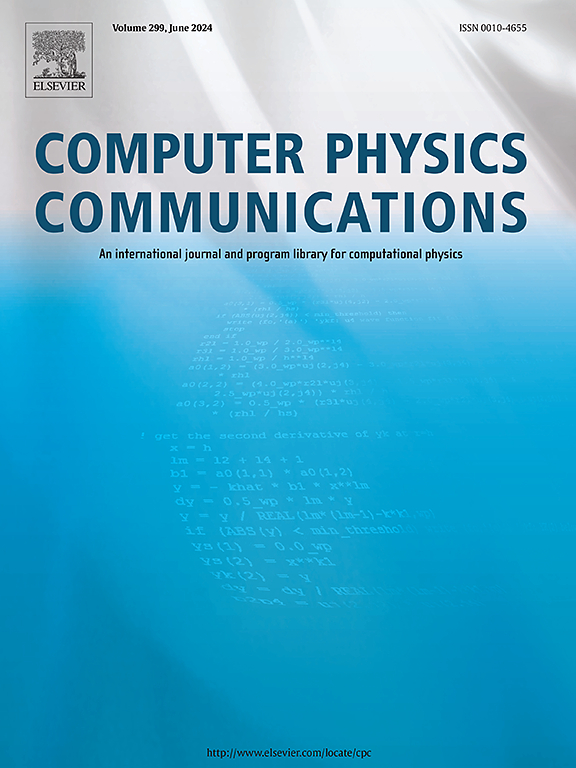用于科学数据存储和分析的高性能数据格式
IF 7.2
2区 物理与天体物理
Q1 COMPUTER SCIENCE, INTERDISCIPLINARY APPLICATIONS
引用次数: 0
摘要
在本文中,我们介绍了杰斐逊实验室开发的用于存储和分析核物理实验数据的高性能输出(HiPO)数据格式。该格式旨在有效地存储大量实验数据,利用现代快速压缩算法。这样做的目的是在输出中提供有组织的数据,方便查阅大数据文件中的有关信息。HiPO数据格式具有适合于有效存储原始探测器数据、重建数据和最终物理分析数据的功能,无需在实验数据的整个生命周期中进行数据转换。HiPO数据格式是用c++和JAVA实现的,并提供了到FORTRAN、Python和Julia的绑定,为用户提供了要使用的数据分析框架的选择。在本文中,我们将介绍HiPO库的总体设计和功能,并将该库的性能与高能和核物理学中用于数据分析的更成熟的数据格式(如ROOT[3]和Parquete)进行比较。本文章由计算机程序翻译,如有差异,请以英文原文为准。
High-performance data format for scientific data storage and analysis
In this article, we present the High-Performance Output (HiPO) data format developed at Jefferson Laboratory for storing and analyzing data from Nuclear Physics experiments. The format was designed to efficiently store large amounts of experimental data, utilizing modern fast compression algorithms. The purpose of this development was to provide organized data in the output, facilitating access to relevant information within the large data files. The HiPO data format has features that are suited for storing raw detector data, reconstruction data, and the final physics analysis data efficiently, eliminating the need to do data conversions through the lifecycle of experimental data. The HiPO data format is implemented in C++ and JAVA, and provides bindings to FORTRAN, Python, and Julia, providing users with the choice of data analysis frameworks to use. In this paper, we will present the general design and functionalities of the HiPO library and compare the performance of the library with more established data formats used in data analysis in High Energy and Nuclear Physics (such as ROOT [3] and Parquete).
求助全文
通过发布文献求助,成功后即可免费获取论文全文。
去求助
来源期刊

Computer Physics Communications
物理-计算机:跨学科应用
CiteScore
12.10
自引率
3.20%
发文量
287
审稿时长
5.3 months
期刊介绍:
The focus of CPC is on contemporary computational methods and techniques and their implementation, the effectiveness of which will normally be evidenced by the author(s) within the context of a substantive problem in physics. Within this setting CPC publishes two types of paper.
Computer Programs in Physics (CPiP)
These papers describe significant computer programs to be archived in the CPC Program Library which is held in the Mendeley Data repository. The submitted software must be covered by an approved open source licence. Papers and associated computer programs that address a problem of contemporary interest in physics that cannot be solved by current software are particularly encouraged.
Computational Physics Papers (CP)
These are research papers in, but are not limited to, the following themes across computational physics and related disciplines.
mathematical and numerical methods and algorithms;
computational models including those associated with the design, control and analysis of experiments; and
algebraic computation.
Each will normally include software implementation and performance details. The software implementation should, ideally, be available via GitHub, Zenodo or an institutional repository.In addition, research papers on the impact of advanced computer architecture and special purpose computers on computing in the physical sciences and software topics related to, and of importance in, the physical sciences may be considered.
 求助内容:
求助内容: 应助结果提醒方式:
应助结果提醒方式:


